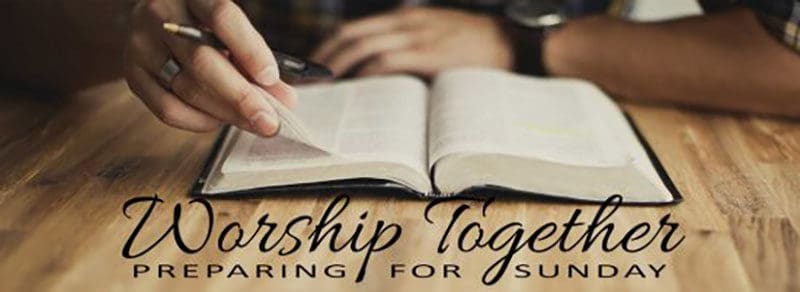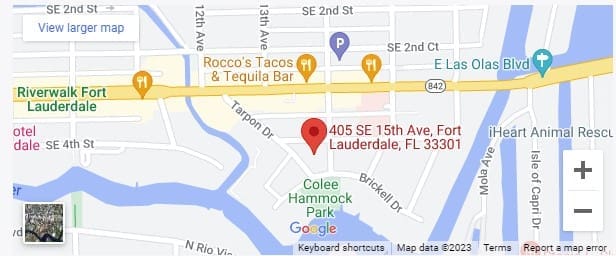ANNOUNCEMENTS
WORSHIP TOGETHER | Preparing Our Hearts for Sunday 4/8

Sunday, April 8, 2018
2nd Sunday of Easter
The lectionary passages for the Lord’s Day are:
First Reading: Acts 4:32-35, Psalm 133
Second Reading: I John 1:1-2:2
Gospel Reading: John 20:19-31
The liturgical color for the day is: White
Easter is not simply a day on the liturgical calendar, it is a season. The season is fifty days and stretches to the Day of Pentecost. Each Sunday in Eastertide is treated as a Sunday of Easter and is named successively, so this coming Sunday is the Second Sunday of Easter. While in practical terms, the Second Sunday of Easter is one of the lowest attendance Sundays of the year, the texts for preaching are rich with themes that touch the practicalities of what it means to believe and be people of faith.
The First Reading from Acts 4 could make for a good sermon on stewardship, by asking questions about what it is that we now hold in common. Additionally, it would ask about what it means that our understanding of stewardship calls for us to live in a collaborative way that challenges the cultural view of competition.
The Gospel Reading is what is usually referred to as the “Doubting Thomas” story. The scene is one week after Easter evening, and in John’s Gospel the Risen Christ appears in the room with Thomas and the other disciples. In Luke’s Gospel we discover more detail about Easter evening than John provides. For Luke, Easter evening is the Road to Emmaus story.
While the Synoptic Gospels (Matthew, Mark, and Luke) emphasize faith, the Gospel of John has an emphasis on believing. The Thomas story is about his inability to believe that it was Jesus who had stood among the disciples a week earlier. He makes the bold proclamation that unless he can both see and touch he cannot believe. Thomas wanted visible proof.
When Jesus does appear, it is Thomas who makes the truly bold proclamation, “My Lord and my God!” (verse 28) This proclamation is the climax of the Gospel of John.
The sermon for this Sunday, preached to those who are dedicated attendees, could wrestle with the nature of the relationships between faith/belief and proof for us as Christians. In a post-Enlightenment world, where proof takes on a more physical nature, the preacher would dare to challenge the notion of how we understand proof. Faith, in and of itself, becomes a visible proof. Such faith is individual, but more so, it is communal and corporate. Notice how the others did not exclude Thomas because of his lack of belief but kept him in community, and at the right time he came to fullness of belief making the proclamation that is at the pinnacle of the gospel: “My Lord and my God!”
